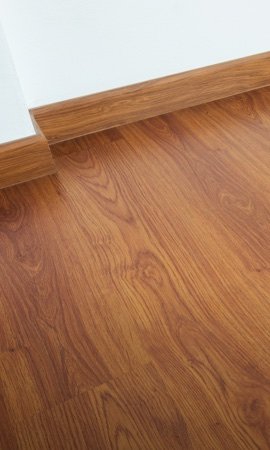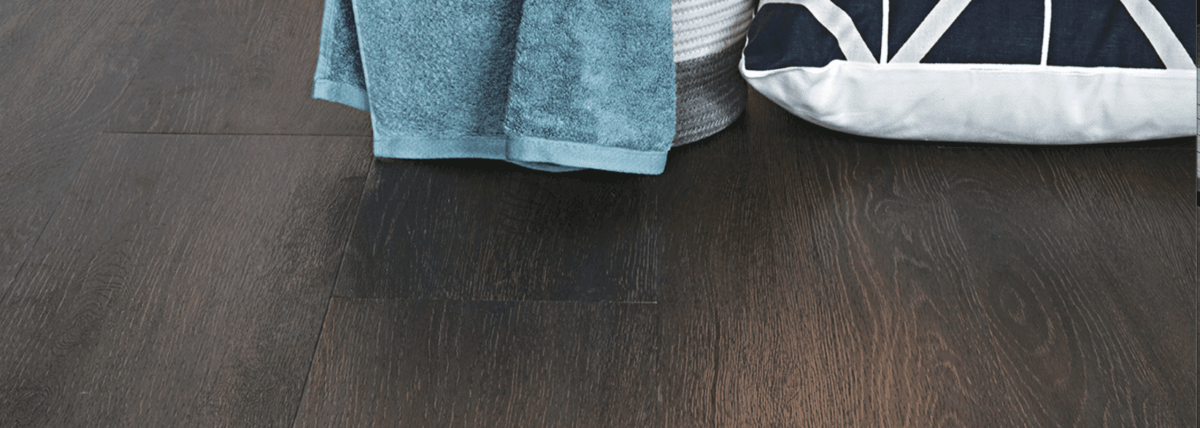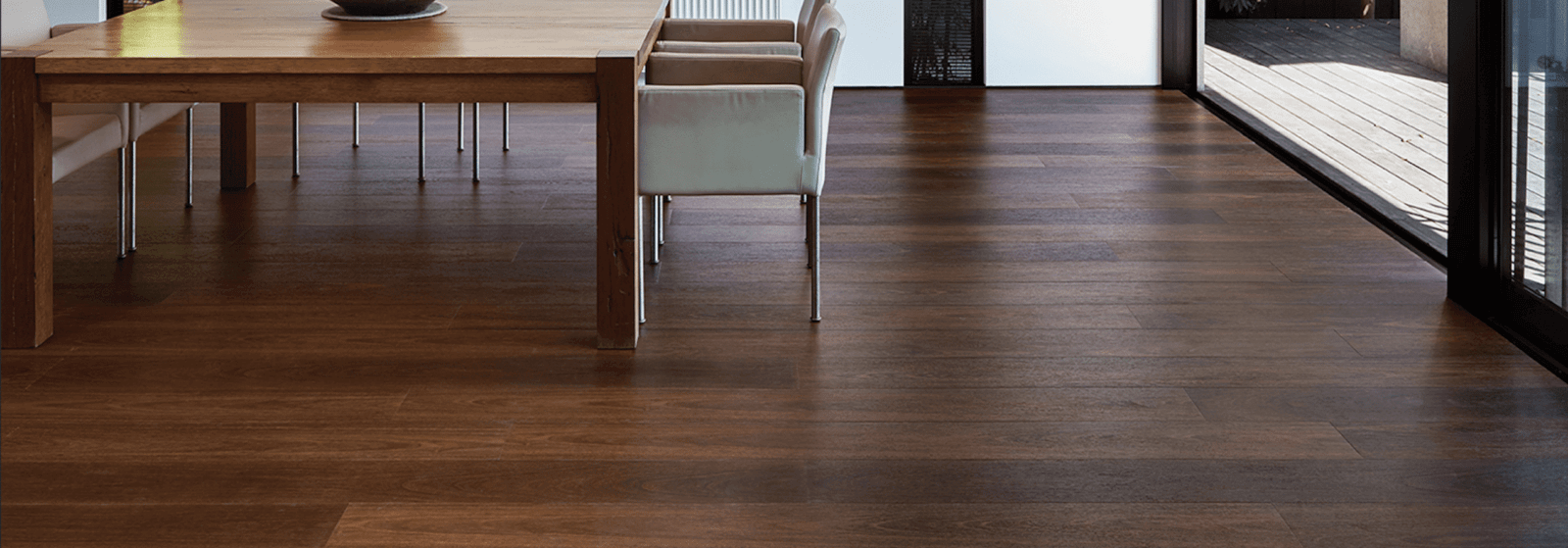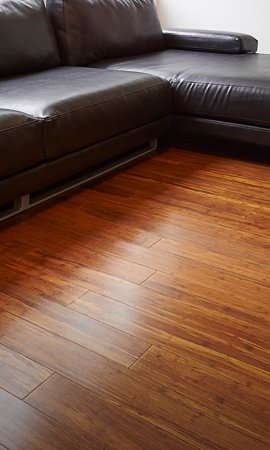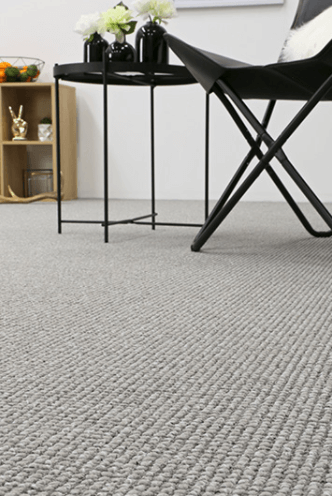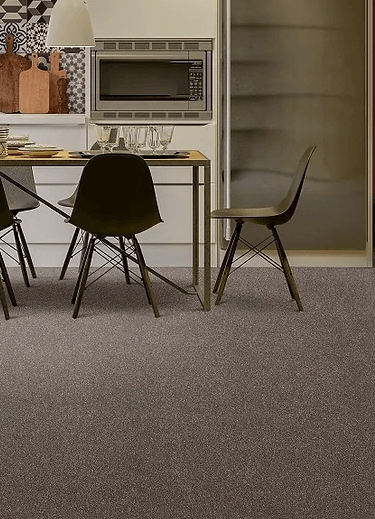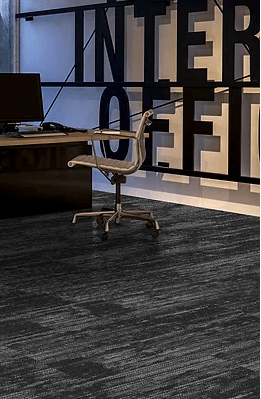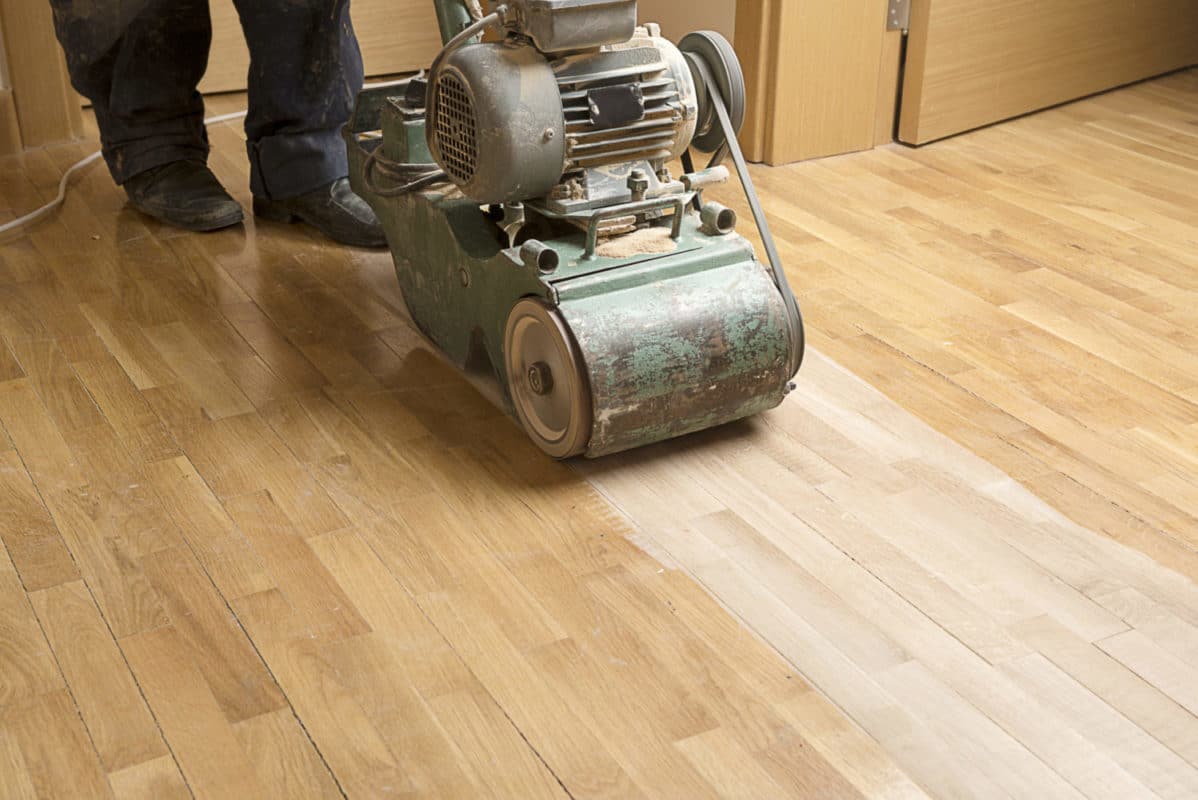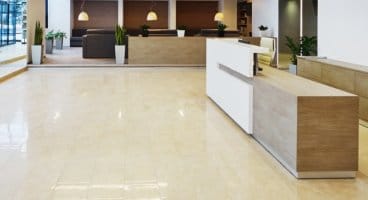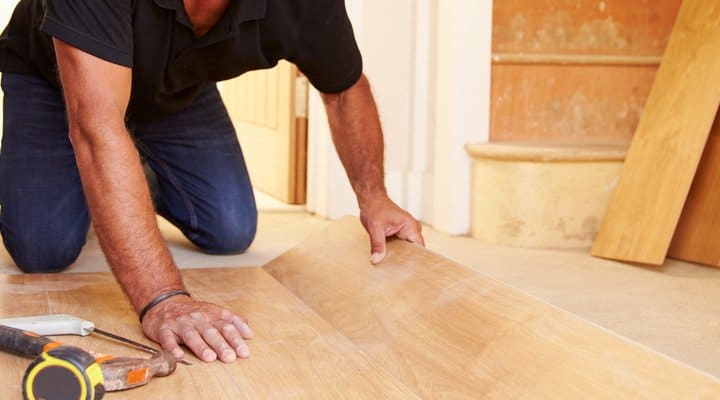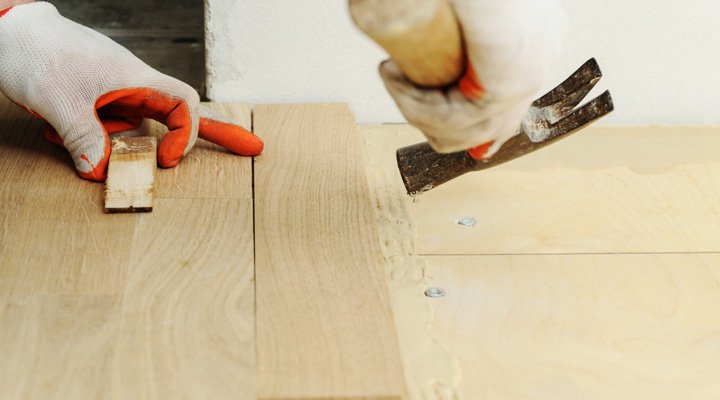

16 Aug Is Laminate Flooring Any Good?
Laminate flooring has become an increasingly popular choice for homeowners seeking a stylish and practical floor at a fraction of the cost of timber. Made with a decorative print layer between a protective topcoat and a durable particleboard core, laminate flooring offers a wide range of attractive designs while remaining hard-wearing and easy to install. Advances in texturing and printing technology now allow laminate to closely replicate the look of natural materials such as hand-scraped hardwood, classic oak, or even weathered stone.
So, are laminate floors worth it? Absolutely. Laminate flooring is a versatile and affordable option that suits the needs and budgets of many Australian households. In this article, we’ll explore the key pros and cons of laminate flooring to help you decide if it’s the right fit for your home.
Benefits of laminate flooring
It’s affordable
Laminate flooring is one of the most affordable ways to refresh your home or finish a new build. On average, it costs around 50% less than fully installed hardwood flooring.
The savings come from two main factors:
-
Installation – Laminate can be laid as a floating floor over most existing surfaces (excluding carpet), which keeps preparation and labour costs low.
-
Materials – Instead of being cut from solid timber, laminate is made from high-density fibreboard (HDF) composed of melamine resin and fibreboards. This makes it more cost-effective to produce while still offering strength and durability.
It’s stylish and versatile
Although laminate flooring is affordable, it can be just as stylish — if not more — than its timber counterparts. Interior designers create stunning looks inspired by timber, oak, stone, and even tile, which are then reproduced using advanced high-definition printing and embossing technology. This allows laminate flooring to realistically capture the texture and appearance of natural surfaces such as wood, stone, or even metal.
At FloorVenue, we stock over 80 colours and styles of laminate flooring, making it easy to find the perfect option to complement your home’s décor.
It’s highly durable
Laminate flooring is built with a tough, scratch-resistant top layer, making it ideal for high-traffic areas such as living rooms and hallways. It is generally more resistant to scratches than timber, oak, or bamboo floors. Many modern laminates also resist minor liquid spills and pet accidents, though it’s still best practice to clean up moisture quickly. In addition, most laminate floors are UV-resistant, so they maintain their colour and attractive appearance for years without fading.
It’s easy to install
Laminate flooring can be laid directly over many existing surfaces, which simplifies installation and reduces preparation costs. Newer products use an advanced interlocking click-system, allowing planks to fit together securely without glue — saving both time and money. For best results, installation should follow Australian Standard 1884 (Resilient flooring installation), which specifies subfloor flatness tolerances of no more than 4mm over 2 metres.
It’s easy to maintain and hygienic
Thanks to its interlocking design, laminate flooring leaves no gaps for dust, mould, or allergens to accumulate. Simple sweeping, vacuuming, or using a pH-neutral laminate cleaner is enough to keep it looking fresh. Unlike timber floors, laminate does not require sanding, polishing, waxing, or buffing — making it a cost-effective and low-maintenance option.
It’s comfortable
Laminate flooring feels solid underfoot and comes in both smooth and textured finishes to suit different preferences. When paired with premium acoustic underlay, it offers greater stability, comfort, and sound reduction. It’s also pet-friendly, providing a comfortable surface for animals that like to rest directly on the floor.
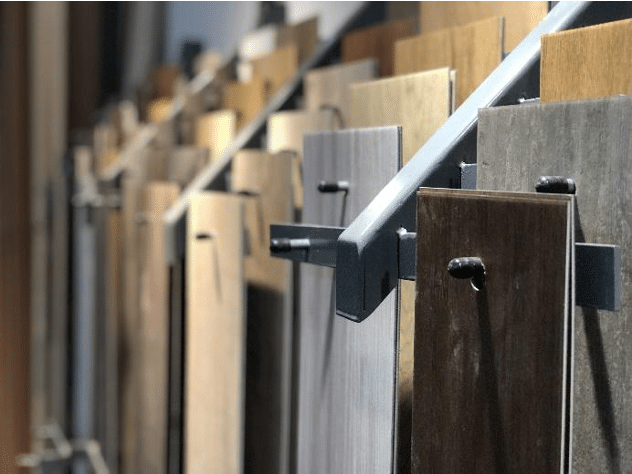

Problems with laminate flooring
As with any other type of flooring, laminate flooring comes with drawbacks. Here are a few:
It’s vulnerable to moisture
Although many modern laminate floors feature improved water resistance, they are still more vulnerable to moisture than fully waterproof options like hybrid or vinyl. While the surface layer is resistant to spills, water can seep through the click-lock joints if left too long. To minimise risk, preparation and waterproofing in wet areas should comply with Australian Standard 3740 (Waterproofing of domestic wet areas), which ensures proper moisture barriers are in place.
Tip: If water resistance and waterproofing matter to you, see our guide on which floors work best with water and moisture here!
It may contain toxins
There are hundreds of laminate flooring products available on the Sydney market, and not all are created equal. Some lower-quality manufacturers may use chemicals such as volatile organic compounds (VOCs) in adhesives or core materials, which can release fumes that cause irritation or allergic reactions.
The extent of this issue depends on the product, so it’s always best to check with the supplier for emissions test reports and any recommended ventilation practices. At FloorVenue, we only supply laminate flooring that meets the most stringent international emission standard (E1 rating), ensuring a healthier and safer choice for your home.
It can look unnatural
The look of laminate flooring largely depends on its quality. Lower-grade products may have a print layer that appears “fake” when viewed closely, and repeating patterns across multiple boards can reduce the natural look compared to real timber.
You can minimise this by choosing higher-quality laminate from reputable suppliers and ensuring the boards are staggered during installation. This creates a more authentic, natural appearance and helps avoid visible repetition.
It can sound a bit hollow
Because laminate flooring is generally thinner than timber and installed as a floating floor over the subfloor, it can sometimes produce a slightly hollow sound when walked on. This is not usually a major issue, but if noise reduction is a priority, it can be significantly improved with the use of a quality acoustic underlay, which provides better sound insulation and stability underfoot.
It can’t be refinished
Unlike hardwood, laminate flooring can’t be refinished if it becomes worn over time. However, laminate floors have a more durable surface and are also much cheaper to replace than other types of flooring.
It’s not biodegradable
Because laminate flooring is synthetic and contains chemicals that are dangerous to incinerate, it is not biodegradable. However, arguably, laminate flooring is more eco-friendly because it doesn’t result in the deforestation required to produce timber flooring.
Tip: If you want to understand how to ensure your floors are eco-friendly, look at our guide here!
So, is laminate flooring any good?
S,o is laminate flooring any good? We certainly think so! Laminate flooring is a great and affordable option for your home, whether you’re renovating your tired rooms or building from scratch. It’s easy to install and maintain, which means that your laminate flooring will look great for years to come.
Need help choosing between the large variety of laminate flooring for your home? FloorVenue is here to help – we offer free onsite quotations to discuss your particular requirements, and can install floors with our experienced team.

